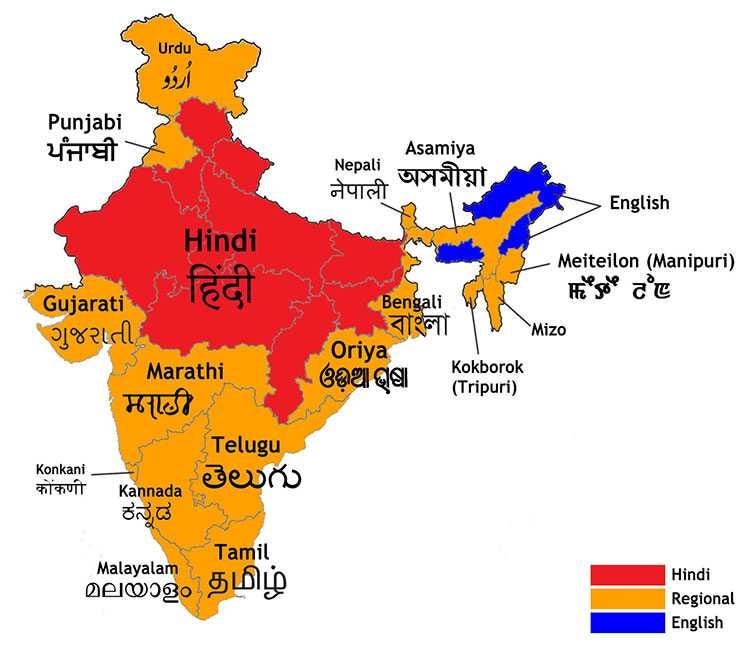From Vedas to Vernaculars: Language Evolution in India
India’s linguistic journey spans millennia, from the ancient Vedic texts to contemporary vernaculars. This evolution reflects not only changes in language but also shifts in culture, religion, and society. By examining this progression, we gain insights into how India’s diverse linguistic landscape has developed and transformed over time. The Vedic Period Vedic Sanskrit The Vedic … Read more





